
Review on Ubiquiti Networks UniFi UAP-LR Enterprise WiFi System with Extended Range by Smooth May

Great hotspot - features and performance outperform built-in Wi-Fi in consumer routers
My initial experience with this product was positive. I'm a seasoned IT consultant and didn't find it difficult to set up, but as other reviewers have pointed out, the experience is VERY different from the process used with a typical consumer router/wifi. Others have noted many details, but here are a few concepts I haven't mentioned yet: With these access points, you don't configure the device directly. The required (and not included) management software walks you through the initial setup with so little effort, it's unclear what it did. My first device was up and running within minutes of downloading and installing the management software (the download link is included in the quick start guide but not very obvious). in the literature: Settings of all kinds are stored on the "site" - in the control software of the computer you are using, not (initially) in the access point. This includes the administrator's username and password, SSID, and pre-shared key (the official name for WiFi password). When you connect UniFi to your local network, the management software detects it and lists it as an "unhosted" access point. Using the drag-and-drop GUI, you "place" the device on the site, and when you drag it there, the control software transfers all the relevant settings to the new access point without any further user interaction. . You won't see this during the first wizard if it's a brand new installation on a PC that has never had the software installed before. A fresh installation creates a site named "Default" and places the new access point in the site with the settings you entered in the wizard. Setting up one of these hotspots for home use is all. They have made. It's discouragingly fast and makes you think there must be something else. The simplicity is partly because the Assistant is good, but mostly because there really isn't much customization on such a hotspot-only device. It is not a router and does not perform NAT, firewall, port forwarding, QOS or DHCP. It does not require a fixed IP address and usually does not have a fixed IP address. It's just a hotspot, but a very, very good hotspot. Much better range and throughput than my ASUS RT-N16, which is a pretty good device on its own. As such, it's a great addition to a network that already has a router and requires WiFi. Where it really shines is when you need to cover a large area with multiple access points. Add another device to the local network, open the management software, drag it to "Site" and you're done. You can add dozens or even hundreds. And when they do, they have a feature no other home WiFi has: they create a single large WiFi coverage area and the devices talk to each other, tracking which client devices are connected to which hotspot and automatically from one to the other, others are broadcasting, similar to cell towers broadcasting your phone to another tower. Things happen. Access points store settings in non-volatile memory. Units talk directly to each other for cool roaming, regardless of console. You just need to launch the management console to make changes. And if you have a number of access points on the "site", the changes will be automatically rolled out to all devices in a "rolling update".
- Beautiful
- Not as good as described
New products
Comments (0)
Top products in 🏠 Whole Home & Mesh Wi-Fi Systems
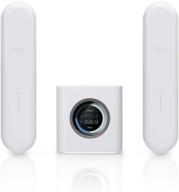
AmpliFi HD WiFi System: Whole Home Coverage, HD Router, 2 Mesh Points

33 Review
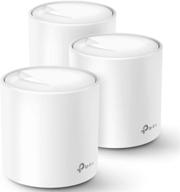
TP-Link Deco X60: Ultimate Whole-Home Mesh Wi-Fi3-Pack with WiFi 6 AX3000

19 Review
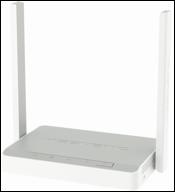
Wi-Fi router Keenetic Air (KN-1613), white/grey

26 Review
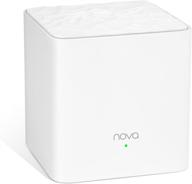
Tenda Nova Mesh WiFi System (MW3) - Complete Whole Home Coverage, 1-Pack

25 Review
Another interesting products
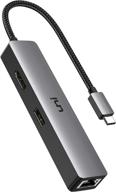
🔌 uni USB C Hub with Ethernet Adapter, 4K HDMI, Gigabit Ethernet, and 3 USB 3.0 Ports for MacBook Pro, iPad Pro, XPS

11 Review
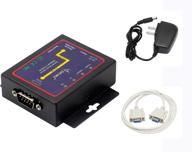
🔌 CERRXIAN RS232 to Ethernet Serial Device Server - TCP/IP Converter with 1Port DB9 RS232 Serial to Ethernet Connectivity

3 Review
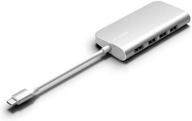
🔌 Juiced Systems Silver BizHUB USB-C Multiport Gigabit HDMI Hub with 3 USB 3.0 Ports, Gigabit Ethernet, 4K HDMI, SD/Micro SD, and USB-C Power Delivery

11 Review
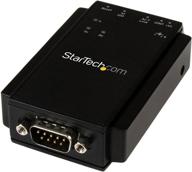
🔌 StarTech.com NETRS232 Serial to IP Ethernet Device Server - DIN Rail Mountable - Serial Device Server - Serial Over IP Device Server (Black)

4 Review

